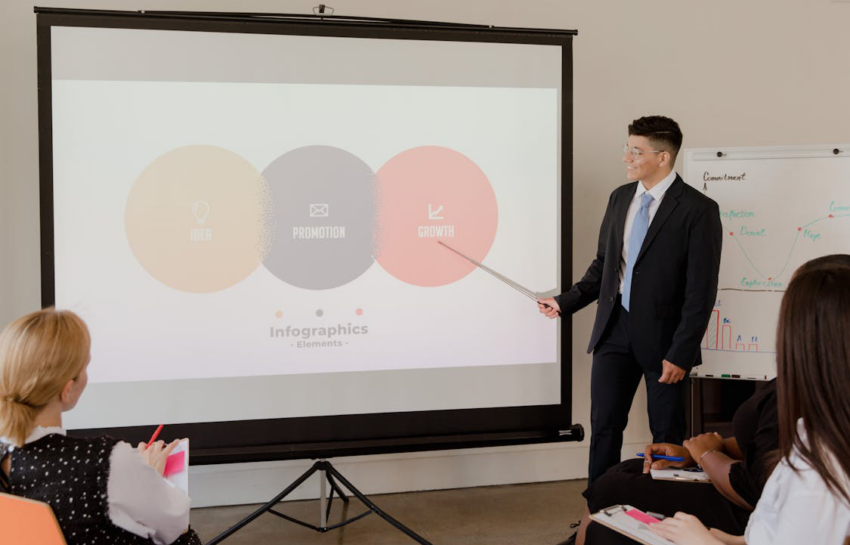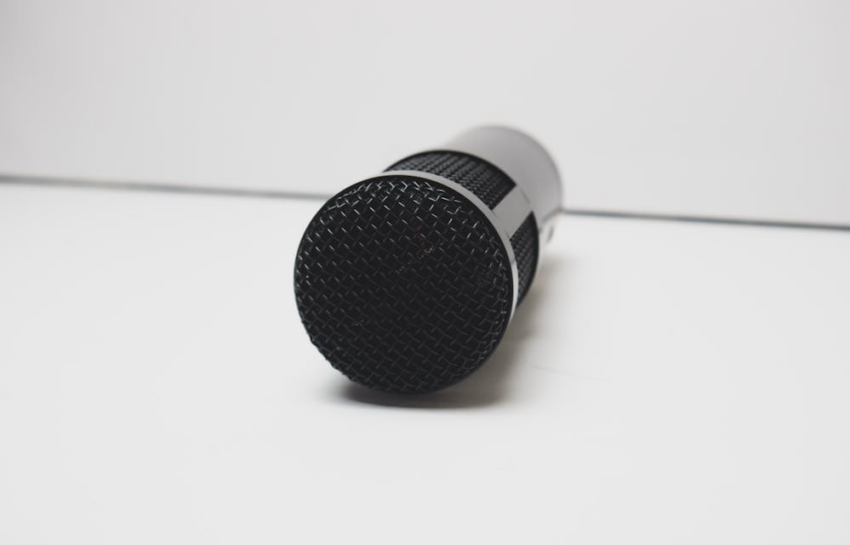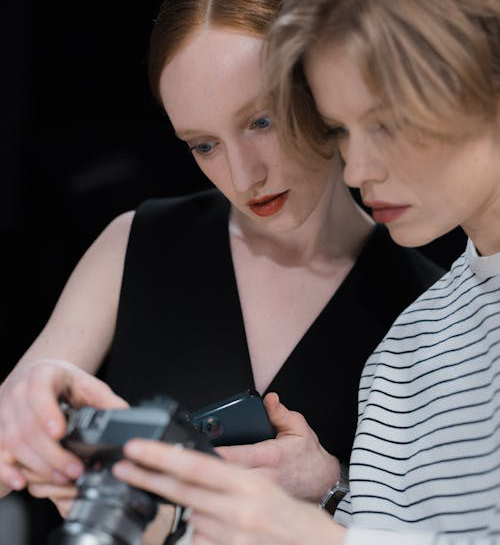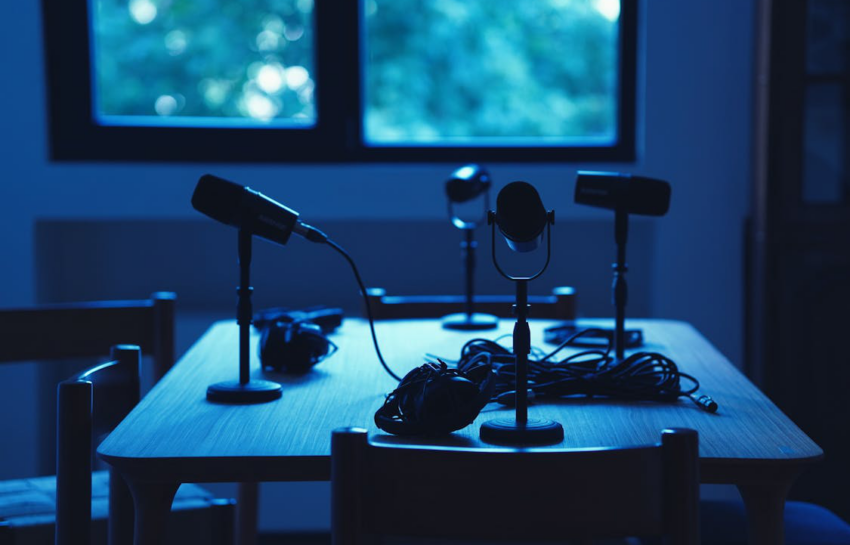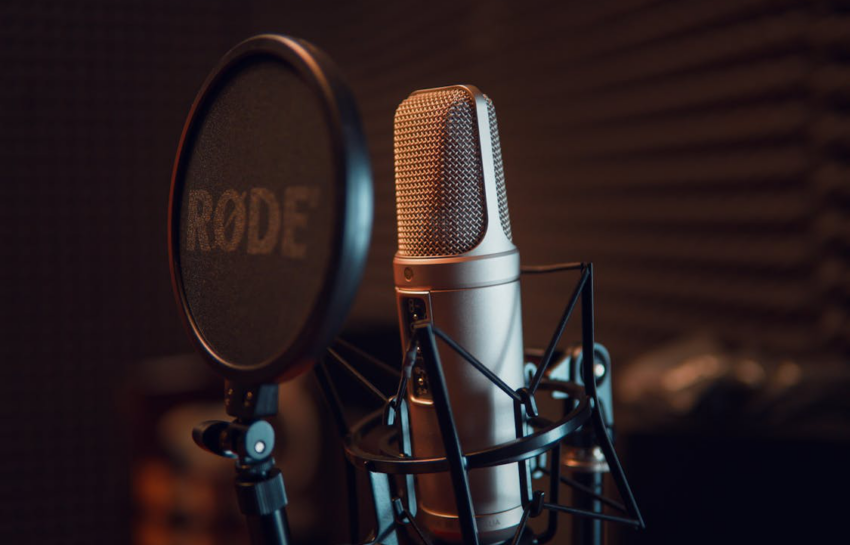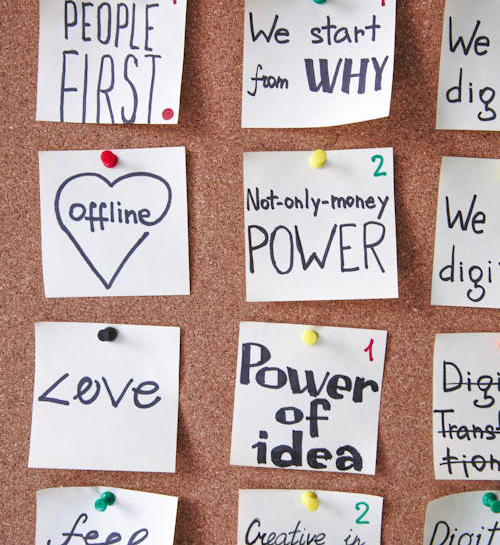If we’ve learned anything from the media world, it’s this: being smart isn’t enough. To stand out in today’s crowded broadcast space, we’ve got to feel memorable. And believe it or not, there’s actual science to it. From behavioral psychology to neuroscience, we’re breaking down what makes a person stick in the minds of producers and viewers—and how we can tap into it for every on-air moment.
According to Forbes, even the most seasoned professionals can stumble without the right mental prep. That’s because performance isn’t just about what we say—it’s about how we show up neurologically, emotionally, and physically. And trust us, audiences can feel the difference.
We’re drawing on data, case studies, and hands-on experience (ours and others’) to show how media guests can train their presence, boost credibility, and be the face viewers remember.
Your Brain on Camera: The Neuroscience of Charisma
Our brains are wired to pay attention to people who signal confidence, warmth, and clarity. These qualities activate what neuroscientists call the social brain network—areas responsible for empathy, trust, and memory. The kicker? These traits can be trained.
We coach our clients to harness the mirror neuron system—the part of the brain that makes people unconsciously mirror our energy. When we smile genuinely, speak with emotion, and hold confident posture, our audience feels it in their own body. That’s how real connection happens.
And let’s not forget cognitive load theory—our working memory can only process so much at once. That’s why we simplify soundbites into concise, visual language. It isn’t about dumbing things down—it’s about optimizing for retention.
Behavioral Psychology: Owning the Moment
Why do some people walk into a studio and instantly own the space? That’s behavioral psychology in action. People who project presence tend to follow a few key habits rooted in science:
- Anchoring: Before going live, we encourage clients to ground themselves physically—feet flat on the floor, shoulders relaxed, slow breath. This resets the nervous system and cues the brain to “perform.”
- Reinforcement loops: We train clients to plant reward systems into their delivery—like subtle self-nods after solid soundbites—to keep confidence cycling throughout an interview.
- Pattern interruption: If you want to be remembered, you’ve got to break the monotony. That might mean unexpected phrasing, pauses, or tonal shifts to jolt attention. It’s not drama—it’s deliberate.
The goal isn’t perfection. It’s energy. Viewers remember how we made them feel, not just what we said. Which is why emotional congruence (our feelings matching our message) is the ultimate X factor.

The Psychology of Visual Presence
We obsess over lighting, framing, and camera quality—but what about how we show up visually?
There’s a reason platforms like Forbes emphasize body language as a core part of media training. Our facial expressions, posture, and micro-movements all trigger snap judgments.
That’s why we coach:
- Deliberate stillness: Too much movement reads as nervousness. A calm, composed frame signals authority.
- Eye energy: Even if you’re reading from a teleprompter or Zoom, we train eye focus so that it feels like we’re speaking tothe viewer, not at them.
- Wardrobe psychology: Colors, fabrics, and fit play into first impressions. We guide clients toward looks that align with their message and media platform.
Remember, the goal isn’t to look perfect. It’s to look intentional.
Creating Stickiness with Storytelling
Let’s talk about episodic memory—the part of our brain that recalls experiences. When we tell stories (versus rattling off facts), we tap into this memory bank.
We work with clients to shape stories that are:
- Short (under 60 seconds)
- Specific (a moment, not a summary)
- Emotion-driven (using feeling words that anchor the brain)
We’re not just helping experts share stories—we’re helping them script brain tattoos. Things that viewers don’t just hear… they relive.
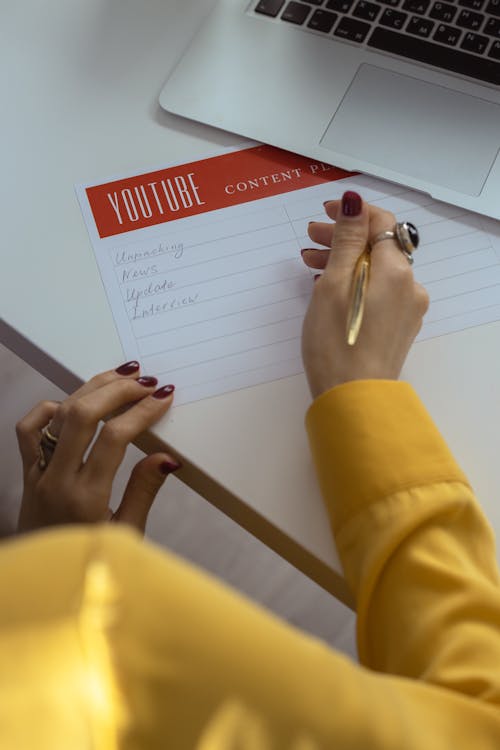
Why This Science Works for Booking
Producers want guests who pop. The ones who light up a segment, who don’t just inform—they entertain, connect, and resonate. And most of them are vetting guests using a mix of digital footprint and demo reels, meaning we only get seconds to make a lasting impression.
That’s why our approach is part media strategy, part neuroscience lab. We don’t guess what works—we engineer it.
Whether it’s television appearances for attorneys, TV booking services for Lawyers, or podcast guest placement services, this science-backed formula gets our clients booked—and rebooked.
Final Thoughts: Train the Brain, Win the Screen
Being memorable on camera isn’t luck. It’s a learned skill rooted in how our brains behave under pressure, how audiences process faces and voices, and how emotion wires memory. Every client we coach leaves with more than media training—they leave with the muscle memory of connection.
Because when we apply science to performance, our clients don’t just show up—they shine.
Maximize Your Brand’s Reach with Expert Media Placement
TV booking agents at OTA Talent connect you with top TV, radio, podcasts, and digital platforms, ensuring your business and story own the spotlight. Whether you’re seeking booking agents for a local radio station, podcast guest placement services, or a trusted TV booking agency, we’ve got your back. Explore our services, see the industries we serve, or call now to start building your media legacy today.


